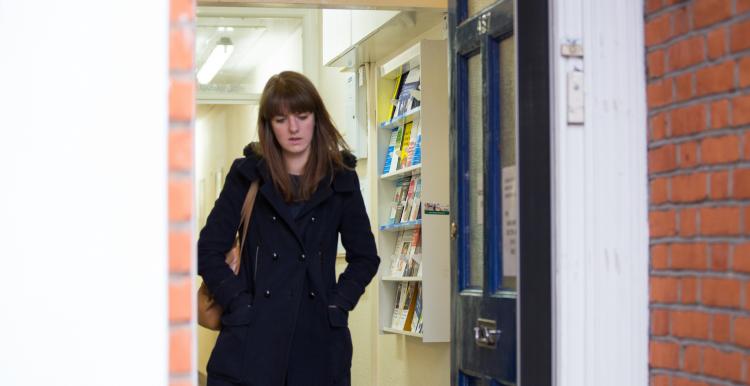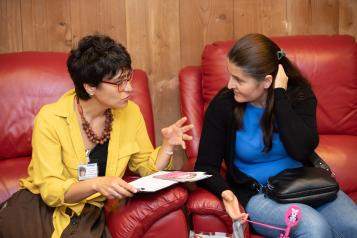Nascot Lawn Health Scrutiny

Proposal for closure of Nascot Lawn
On Wednesday the 6th September, Healthwatch Hertfordshire were called to provide evidence on the proposed closure of the Nascot Lawn Children’s Unit. We have been working with the people who use this service for the past few months, finding out their views and opinions, as well as talking with the providers and commissioners. Also called to be witnesses were representatives of the NHS, County Council and – most importantly – the families who benefit from the service.
Angela Kitching spoke on behalf of the families, as did Roma Mills of Carers in Herts. Their heartfelt and powerful testimonies told of families and patients feeling ignored, not consulted and abandoned, but also provided ideas and solutions to the problems being faced.
The Scrutiny process
Then the various parts of the NHS and council had their chance to speak. The County Council’s view was that the withdrawal of funding had come as a surprise and hadn’t given them time to prepare and properly assess alternative models. East and North Herts CCG, who provide a relatively small amount of the funding, said that they were happy to continue paying and keep the service as it is. Herts Valleys CCG, who provides the majority of the funding, made it clear that they believe Nascot Lawn is a respite service, and therefore should always have been funded by the County Council. The view of the CCG was:
- They have no statutory obligation to fund Nascot Lawn
- If they hadn’t withdrawn funding, it was likely that NHS England would have directed them to do so due to financial pressures
- Outside of Nascot Lawn, health needs would still be supported
What was also clear from the scrutiny session, was that people rely on this service - not just the families who benefit, but the staff who work there. However, with the uncertainty of the situation, many staff have now taken other jobs, raising questions about safety within the current model as well as doubt that the service can continue to operate even if funding is found.
Though we were disappointed at some of what was said at the scrutiny meeting, there is still a chance for everyone to work together and find a solution. Not just for the patients and families of Nascot Lawn, but for everyone within Hertfordshire. This situation has highlighted once again the need for early and frank engagement with the public and partners. People understand the services they use and the support they need. We need to listen if we want to shape services in a way that works and is affordable.
What happened next? [updated 21.03.18]
As Herts Valley CCG continued to move forward with plans to withdraw their funding, Health Scrutiny met to conduct a further scrutiny on the 21st March 2018.
The main points of the scrutiny were:
- The importance of transparent decision making
- Concern about future respite care provisions
- Impact on the wider health and social care system
- The negative impact on children and their families during any transition period
The final motion included a report being written by Herts County Council to be delivered to Herts Valleys Clinical Commissioning Group no later than April 4th, a month before Herts Valleys CCG are due to make their final decision.
The Scrutiny Committee will then decide what action they will take next. This could range from accepting Herts Valleys CCGs proposal as presented, to referring the final decision to the Secretary of State, asking for the highest level of intervention.
Geoff Brown, Chief Executive of Healthwatch Hertfordshire said:
“As we said during the meeting, we welcome the new, inclusive approach being adopted by all partners. As was brought up a number of times during the meeting, there are still a number of issues to address to ensure the best possible service for not only the children, but their families as well. We were very happy to see so much emphasis being put on the views and opinions of the carers and their families. These are the people who use their services, and there was a real feeling for the council working for the people they represent.”


